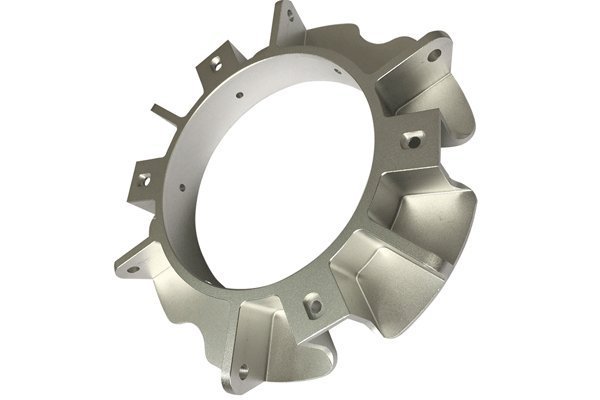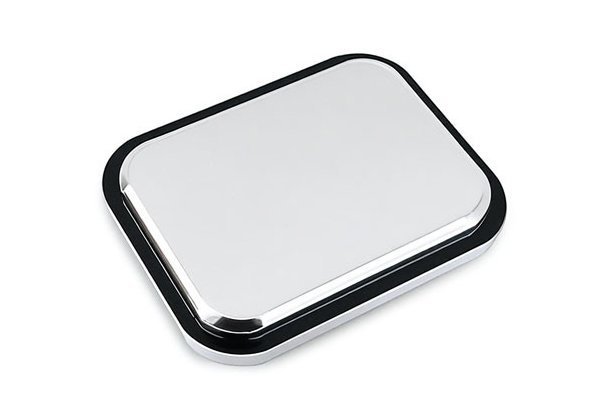Have you ever watched a craftsman at work with precision tools, shaping raw materials into breathtaking pieces? There’s something almost magical about transforming a block of metal into a finely-tuned part used in everything from automotive to aerospace. Enter CNC machining—your gateway to mastering the world of precision brass and copper parts.
In this comprehensive article, we’ll dive deep into CNC machining techniques, explore its vast applications, and uncover why it’s the favorite technique among manufacturers for creating intricate designs. By the end of our journey, you’ll not only understand the nuances of CNC machining but also appreciate its role in enhancing quality, efficiency, and innovation. So, let’s embark on this quest together!
What is CNC Machining?
CNC, or Computer Numerical Control, machining is a process that utilizes computers to control machine tools such as lathes, mills, routers, and grinders. Instead of manually operating machinery, CNC uses pre-programmed software to dictate the movement of machinery and tools. Imagine having a personal assistant with the precision of a Swiss watchmaker—CNC machining is as close to that as you can get!
The beauty of CNC machining lies in its ability to produce extremely accurate, repeatable, and complex components made from a wide range of materials, including brass and copper. So, how does it actually work?
The Process Behind CNC Machining
The Advantages of CNC Machining for Brass and Copper Parts
When it comes to CNC machining brass and copper parts, manufacturers are tapping into a goldmine of benefits. Let’s explore these advantages:
Precision and Accuracy
One of the standout features of CNC machining is its ability to produce intricate details with high precision. Whether you’re creating delicate brass fittings or robust copper connectors, CNC machines can achieve tolerances as tight as 0.001 inches. It’s like having a laser-focused eye that never blinks!
Consistency
If you’ve ever bought a pack of cookies, you know that the first bite might be the best, but sometimes you get an odd-shaped one in between. CNC machining eliminates this inconsistency in manufacturing parts. Each CNC machine can crank out hundreds of identical parts with identical specifications, ensuring quality remains consistent.
Cost-effectiveness
While the initial setup for CNC machining may be higher than traditional machining methods, the long-term savings are remarkable. With reduced labor costs, increased efficiency, and minimal material wastage, CNC is like a wise investment that will pay for itself over time.
Flexibility with Designs
With CNC machining, the only limit is your imagination! Designers can create virtually any shape or form. Want a brass part with a complex internal cavity? No problem! CNC machines can easily handle complex geometries that would be nearly impossible with traditional machining methods.
Speed and Efficiency
The rapid speed at which CNC machines operate can be compared to a cheetah sprinting across the savannah! While manual machining can take hours (or even days) to complete, CNC machines can work continuously, minimizing downtime and speeding up production.
The Prime Materials: Brass and Copper
Before we plunge deeper into the specifics of CNC machining, let’s take a moment to appreciate the star materials of our discussion—brass and copper.
Brass: The Alloy with Character
Brass is an alloy primarily made of copper and zinc. It boasts a warm golden appearance, high corrosion resistance, excellent machinability, and impressive acoustic properties. In essence, it’s that charming friend who’s versatile and can fit in anywhere!
Brass is used in various applications, including:
Copper: The Electric Conductor
Copper is a pure metal known for its high electrical and thermal conductivity, malleability, and ductility. It’s like that reliable friend who’s always there to help you when you need it.
Copper is utilized in a plethora of applications including:
CNC Machining Techniques for Brass and Copper
Now that we understand the materials, let’s explore various CNC machining techniques used for processing brass and copper parts.
CNC Milling
CNC milling is like the ‘chop shop’ of the machining world. It uses rotary cutters to remove material from the workpiece, allowing for the creation of complex shapes and features.
Milling can accomplish tasks such as:
CNC Turning
CNC turning uses lathe machines to rotate the material while a stationary cutting tool removes excess material. Think of it as giving your raw material a spin before creating the perfect round shape.
This technique is exquisitely suited for creating cylindrical parts, such as:
CNC Routing
CNC routing is primarily used for non-metal materials, but advancements have made it a contender for softer metals like brass and copper. It’s like the Swiss Army knife of CNC machining.
This technique is helpful for:
Wire EDM (Electrical Discharge Machining)
Wire EDM uses electrical discharges to cut through metal, making it incredibly effective for complex and delicate shapes. It’s like crafting a masterpiece one spark at a time!
Common applications of Wire EDM include:
Choosing the Right CNC Machinery for Brass and Copper
With all these techniques available, how do you choose the right machinery for your brass and copper projects? Here are some considerations to keep in mind:
Material Thickness
Different machines have different capabilities regarding the thickness of materials they can handle. A CNC milling machine may work wonders on thin sheets of copper, while a CNC lathe would excel at creating cylindrical parts from thicker brass rods.
Part Complexity
Consider the complexity of the parts you want to machine. If you’re aiming for intricate shapes and features, investing in a CNC machine with advanced capabilities can go a long way.
Tolerance Requirements
Understanding your tolerance requirements is critical. If you need tight tolerances, ensure your CNC machine supports the required precision. After all, nobody wants a brass part that doesn’t fit!
Production Volume
Are you producing a handful of prototypes or scaling for mass production? Your production volume will directly affect which CNC machines are suitable for your project.
The Future of CNC Machining in Brass and Copper Manufacturing
As technology continues to advance at breakneck speed, the future of CNC machining looks bright. With the rise of new materials, improved software, and enhanced machine interfaces, the ability to create precision brass and copper parts will only get better.
Automation and Robotics
As manufacturing moves toward automation, integrating robotics with CNC machining will increase productivity and reduce human error. Just imagine machines working in perfect harmony, like a well-rehearsed orchestra!
IoT and Smart Manufacturing
The Internet of Things (IoT) brings a new dimension to CNC machining. Machines will collect and exchange data, allowing real-time monitoring, predictive maintenance, and enhanced quality control. This doesn’t just sound smart; it IS smart!
Advanced Materials
The exploration of new materials, such as composites and advanced alloys, will expand the capabilities of CNC machining. These innovative materials can offer enhanced properties while remaining lightweight. This opens up a whole new world for design and applications.
Conclusion: The Art of Crafting Precision Parts
As we wrap up our exploration into the captivating world of CNC machining for brass and copper parts, it’s evident that this technology possesses enormous potential. Just like a skilled craftsman who takes pride in their work, CNC machining embodies the essence of precision, quality, and creativity.
Whether you’re a seasoned manufacturer or just starting, understanding the intricacies of CNC machining will deepen your appreciation for the parts that surround us daily. With its strengths in versatility, efficiency, and accuracy, CNC machining remains a cornerstone of modern manufacturing.
So, the next time you pick up that gleaming brass fixture or admire a copper component, remember the intricate dance of technology that brought it to life. It’s not just metal; it’s a testament to skill, innovation, and the boundless potential of the manufacturing world.
—






